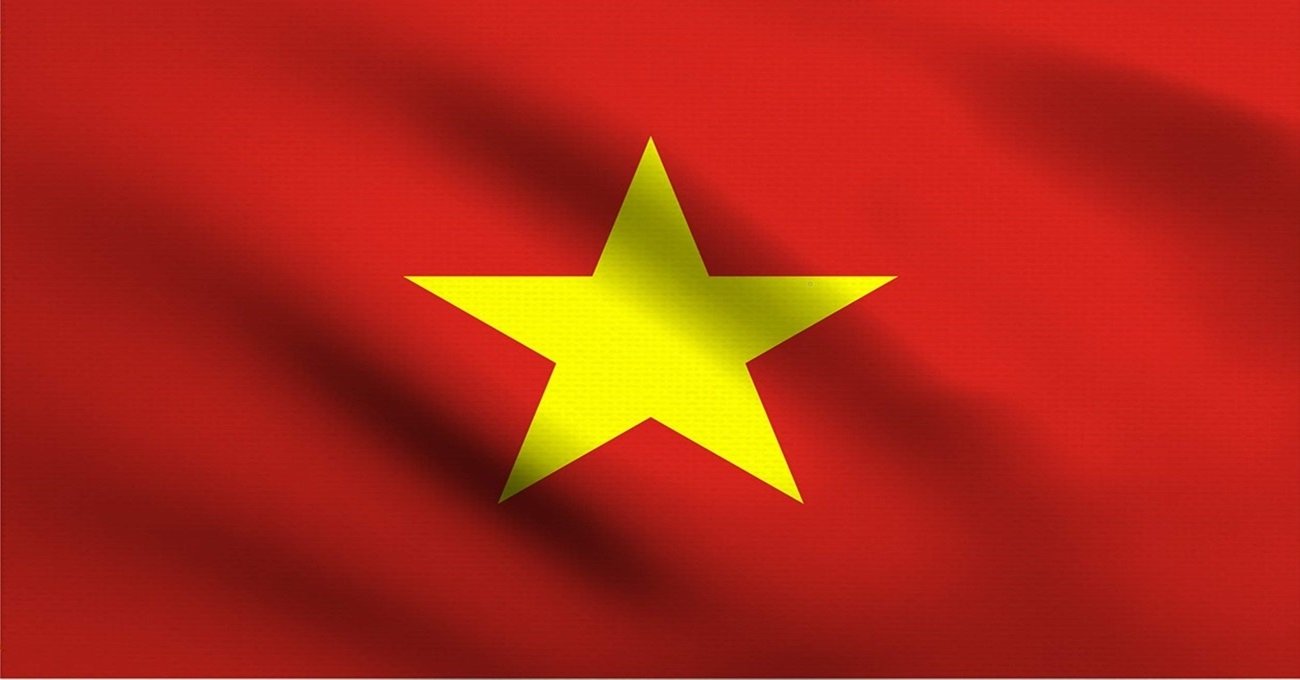Vietnam Flag Comprehensive Guide
The Vibrant Story Behind the Vietnam Flag
The national flag of Vietnam is more than just a piece of fabric; it is a symbol of the nation’s rich history, culture, and resilience. In this comprehensive guide, we delve into the captivating story behind the Vietnam flag, exploring its colors, symbolism, and the deep-rooted national pride it represents.
History of the Vietnam Flag
Colors and Symbolism
The vibrant colors of the Vietnam flag hold profound symbolism. Red, the dominant hue, represents the bloodshed and sacrifices made by the Vietnamese people during their struggle for independence. It also signifies the resilience and determination of the nation. Yellow, embodied in the star, represents the Vietnamese people’s bright future and their optimism for a unified and prosperous country.
Design Elements
The design of the Vietnam flag is deceptively simple yet powerful. The red background, a bold and striking choice, draws attention to the central yellow star. The star itself, with five points, represents the five main classes in Vietnamese society: intellectuals, farmers, workers, traders, and soldiers. This inclusive symbolism underscores the government’s commitment to a classless and united society.
Evolution over Time
As Vietnam’s political landscape evolved, so did its flag. The reunification of North and South Vietnam in 1976 brought about a change in the flag’s design. The central yellow star, once outlined in black, was modified to appear more uniform. This adjustment reflected the country’s desire for unity and harmony following years of conflict.
National Pride and Identity
The Vietnam flag is more than just a national symbol; it serves as a source of immense pride and identity for the Vietnamese people. Displayed prominently on public buildings, schools, and during national events, the flag reinforces a sense of unity and belonging among the diverse population. Its presence at international events underscores Vietnam’s participation in the global community.
Flag Protocol and Etiquette
Understanding the proper handling and display of the Vietnam flag is crucial to honoring its significance. The Vietnamese government has established strict protocols regarding the flag’s usage, emphasizing the need for respect and reverence. From flag-raising ceremonies to guidelines for public display, adherence to these protocols is a testament to the nation’s commitment to preserving the dignity of its national symbol.
International Recognition
Conclusion
In conclusion, the Vietnam flag is a powerful emblem that encapsulates the nation’s history, values, and aspirations. Its vibrant colors, symbolic elements, and deep-rooted meaning make it a source of pride for the Vietnamese people. As the country continues to evolve, the flag stands as a steadfast symbol of unity, resilience, and the enduring spirit of Vietnam. Understanding its history and symbolism allows us to appreciate the profound significance that the flag holds in the hearts and minds of the Vietnamese people.



